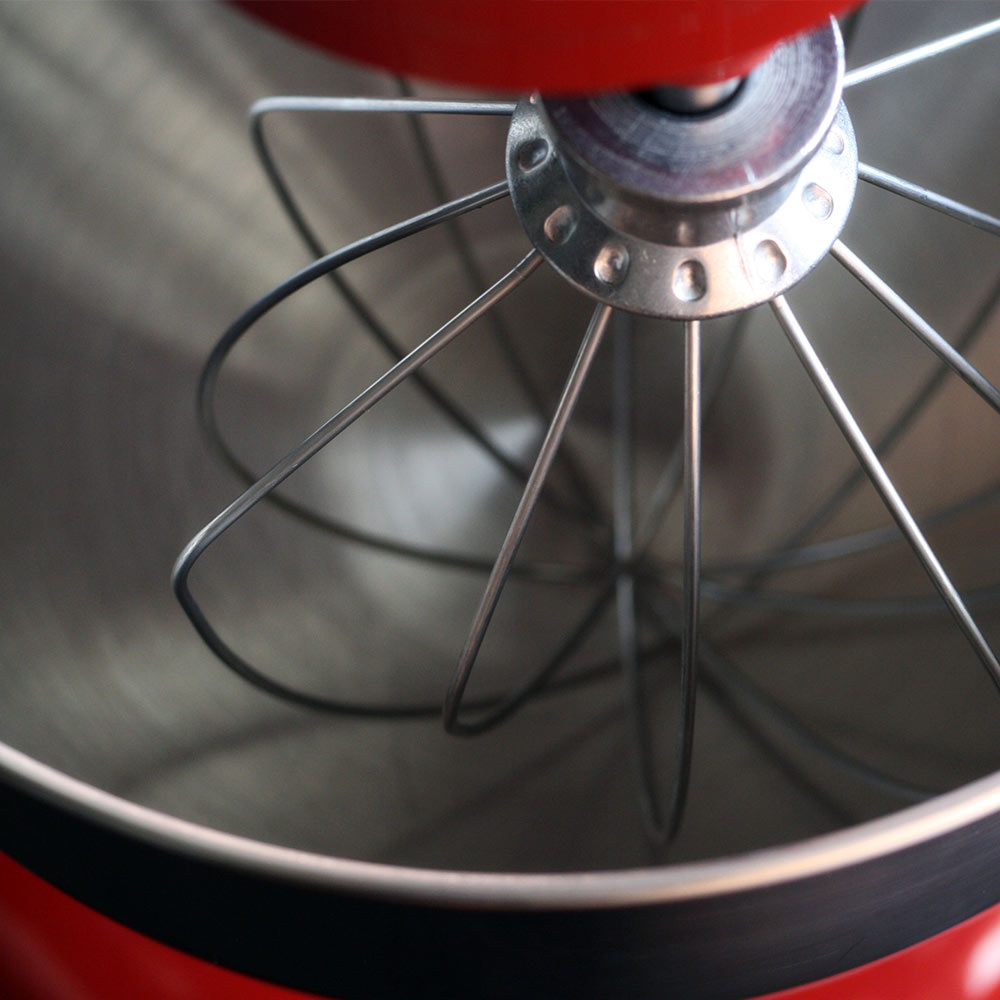
PAT Testing FAQs
There are many common myths about portable appliance testing (PAT). PAT testing is the term used to describe the examination of electrical appliances and equipment to ensure they are safe to use. Most electrical safety defects can be found by visual examination but some types of defect can only be found by testing. A brief user check assisted by the use of a brief checklist can be a very useful part of any electrical maintenance regime. However, more formal visual inspection and testing by a competent person may also be required at appropriate intervals, depending upon the type of equipment and the environment in which it is used.

PAT Testing Frequency
The frequency of inspection and testing depends upon the type of equipment and the environment it is used in. For example, a power tool used on a construction site should be examined more frequently than a lamp in a hotel bedroom.
Recording PAT Testing
There is no legal requirement to label equipment that has been inspected or tested, nor is there a requirement to keep records of these activities. However, a record and labelling can be a useful management tool for monitoring and reviewing the effectiveness of the maintenance scheme and to demonstrate that a scheme exists.

PAT Testing New Equipment
New equipment should be supplied in a safe condition and not require a formal portable appliance inspection or test. However, a simple visual check is recommended to verify the item is not damaged.
Do I Need an Electrician to PAT Test?
The person doing testing work needs to competent to do it. In many low-risk environments, a sensible, competent member of staff can undertake visual inspections if they have enough knowledge and training. However, when undertaking combined inspection and testing, a greater level of knowledge and experience is needed.
Is PAT Compulsory?
No. The law simply requires an employer to ensure that their electrical equipment is maintained in order to prevent danger. It does not say how this should be done or how often. Employers should take a risk-based approach, considering the type of equipment and what it is being used for. If it is used regularly and moved a lot (eg a floor cleaner or a kettle) testing along with visual checks can be an important part of an effective maintenance regime giving employers confidence that they are doing what is necessary to help them meet their legal duties. HSE provides guidance on how to maintain equipment including the use of PAT.
Know How Training’s popular training course, Level 2 Award in Health and Safety in the Workplace, provides candidates with a raised awareness of occupational hazards and how to stay safe within the working environment.
More News: Health and Safety Courses
